
Recently Viewed


 VC Compact Food Process 12L HR-12
VC Compact Food Process 12L HR-12
575(W) x 316(D) x 489(H)mm
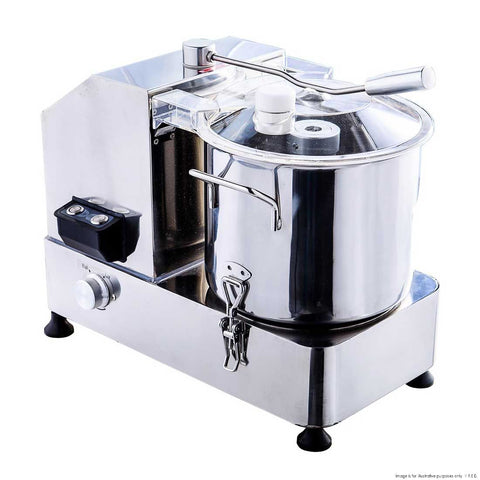

 VC Compact Food Process 9L HR-9
VC Compact Food Process 9L HR-9
570(W) x 385(D) x 460(H)mm
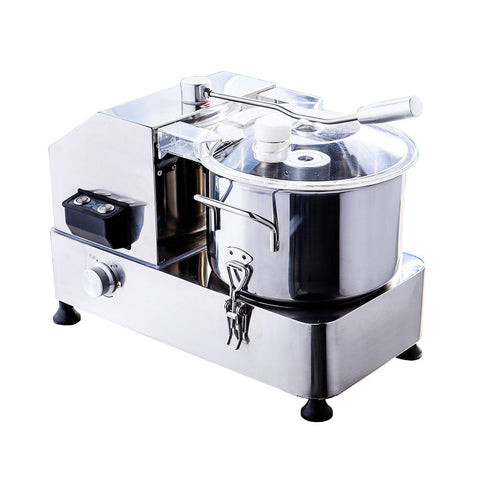

 VC Compact Food Process 6L HR-6
VC Compact Food Process 6L HR-6
565(W) x 365(D) x 440(H)mm

 MATADOR Matador Heavy Duty Food Cutter AK370FC
MATADOR Matador Heavy Duty Food Cutter AK370FC
594(W) x 407(D) x 250(H)mm

 VC Cheese Grater / Chopper AK55C
VC Cheese Grater / Chopper AK55C
405(W) x 240(D) x 430(H)mm

 Dito Sama Vegetable Slicer Single Phase Single Speed 500W TRS-500
Dito Sama Vegetable Slicer Single Phase Single Speed 500W TRS-500
252(W) x 347(D) x 412(H)mm

 VC Vegetable Cutter VC65MS
VC Vegetable Cutter VC65MS
570(W) x 240(D) x 540(H)mm

 VC Vegetable Cutter VC55MF
VC Vegetable Cutter VC55MF
602(W) x 228(D) x 500(H)mm
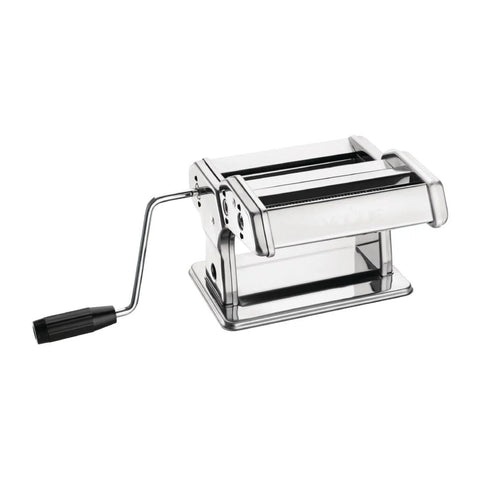

 Vogue Pasta Machine 203mm - GG737
Vogue Pasta Machine 203mm - GG737
245(W) x 158(H) x 198(D)mm
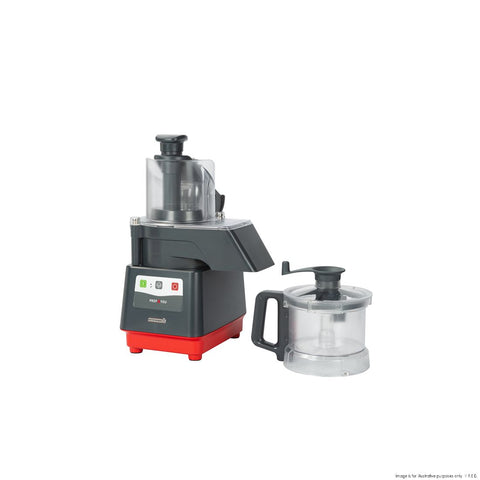

 Dito Sama Dito Sama Prep4You Combination Cutter/Slicer 1 Speed 2.6L Copolyester Bowl P4U-PS201
Dito Sama Dito Sama Prep4You Combination Cutter/Slicer 1 Speed 2.6L Copolyester Bowl P4U-PS201
247(W) x 328(D) x 527(H)mm
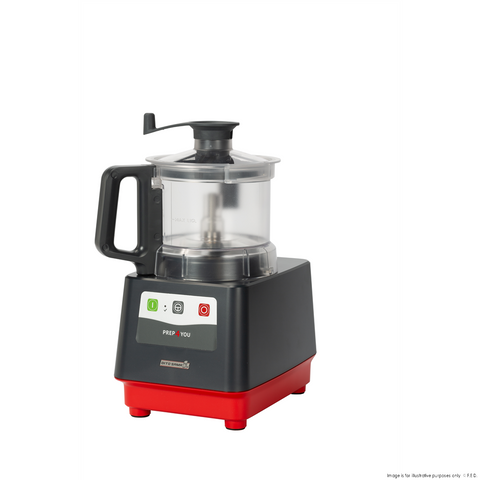

 Dito Sama Dito Sama Prep4You Cutter Mixer Food Processor 1 Speed 2.6L Copolyester Bowl P4U-PS2
Dito Sama Dito Sama Prep4You Cutter Mixer Food Processor 1 Speed 2.6L Copolyester Bowl P4U-PS2
247(W) x 328(D) x 456(H)mm
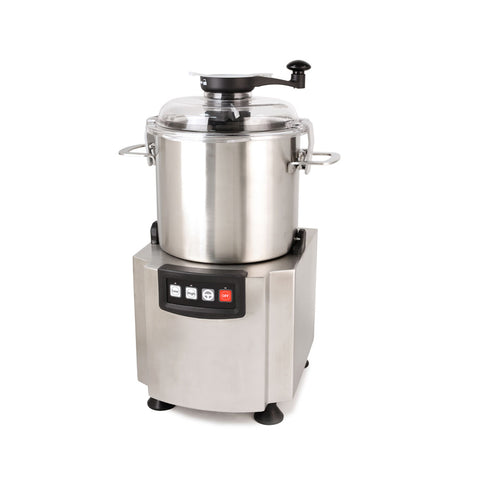

 Yasaki Double Speeds Bowl Cutter 12L BC-12V2
Yasaki Double Speeds Bowl Cutter 12L BC-12V2
376(W) x 315(D) x 623(H)mm
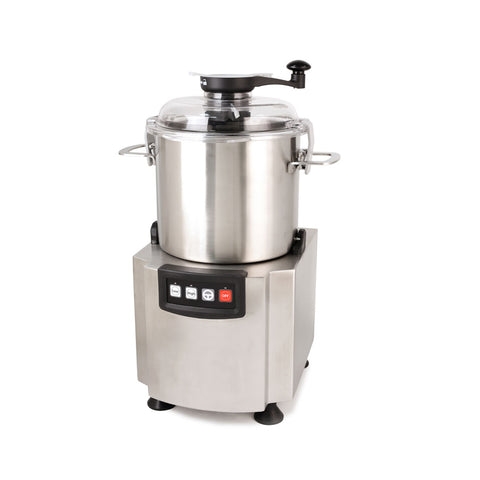

 Yasaki Double Speeds 8L Table Top Cutter Mixer / Bowl Cutter BC-8V2
Yasaki Double Speeds 8L Table Top Cutter Mixer / Bowl Cutter BC-8V2
326(W) x 275(D) x 587(H)mm
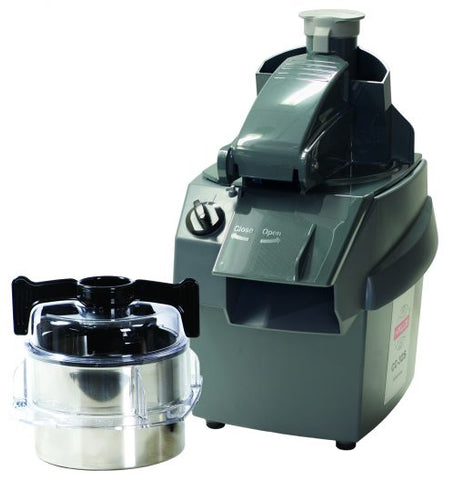

 Hallde Combi Cutter - CC-32S - CC-32S
Hallde Combi Cutter - CC-32S - CC-32S
285(W) X 350(D) X 465(H)mm
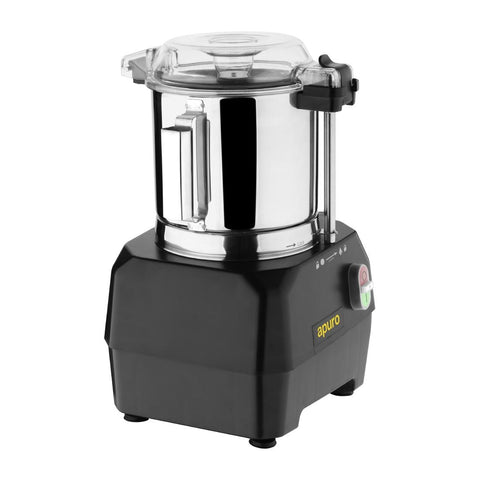

 Apuro Bowl Cutter Mixer 5Ltr - DM070-A
Apuro Bowl Cutter Mixer 5Ltr - DM070-A
285(W) x 470(H) x 285(D)mm
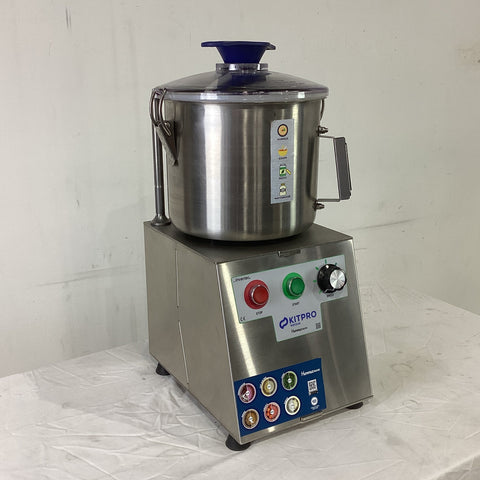

250W x 330D x 560Hmm
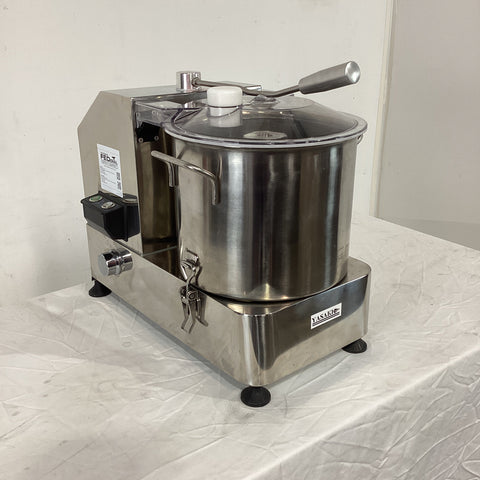

 Federal HR-9 Food Processor - 882158
Federal HR-9 Food Processor - 882158
280W x 530D x 440Hmm

 2NDs: Dito Sama VARIABLE SPEED Combined cutter and vegetable slicer 5.5L - TRK55-SA6-May
2NDs: Dito Sama VARIABLE SPEED Combined cutter and vegetable slicer 5.5L - TRK55-SA6-May
505(W) x 485(D) x 510(H)mm
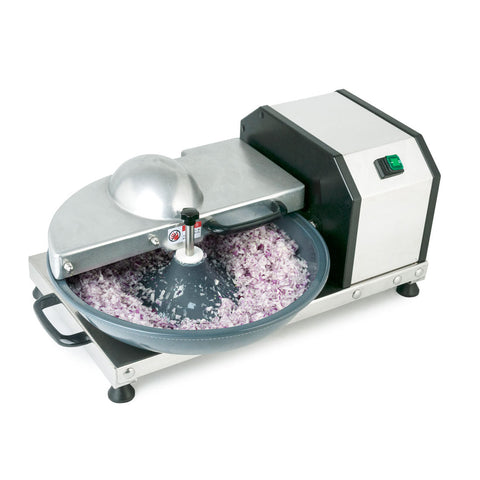

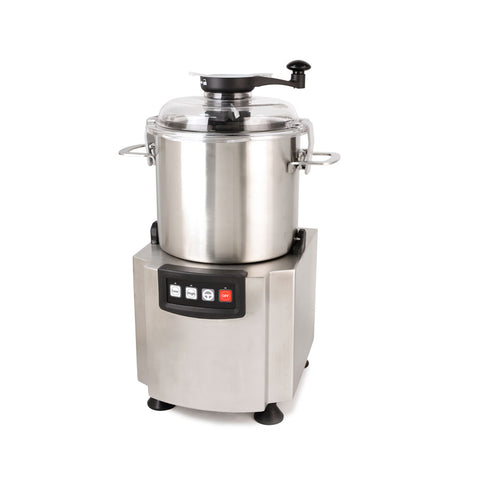

 Yasaki Double Speeds 5L Table Top Cutter Mixer / Bowl Cutter BC-5V2
Yasaki Double Speeds 5L Table Top Cutter Mixer / Bowl Cutter BC-5V2

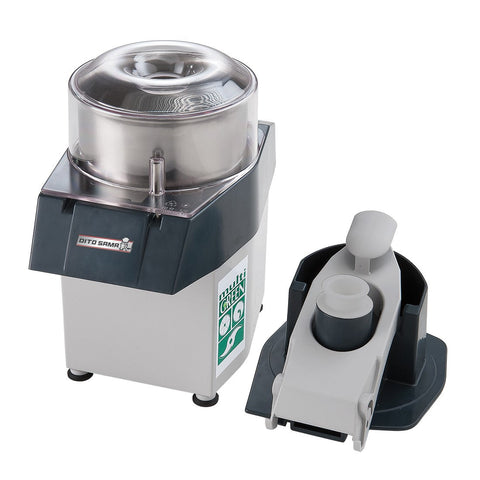

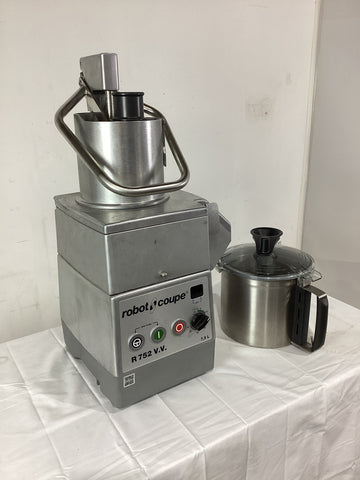

 Robot Coupe R752VV Food Processor - 844338
Robot Coupe R752VV Food Processor - 844338
350W x 720D x 310Hmm

 Nemco Easy Flowering Onion Cutter - NFO0001
Nemco Easy Flowering Onion Cutter - NFO0001
350(W) x 450(H) x 290(D)mm
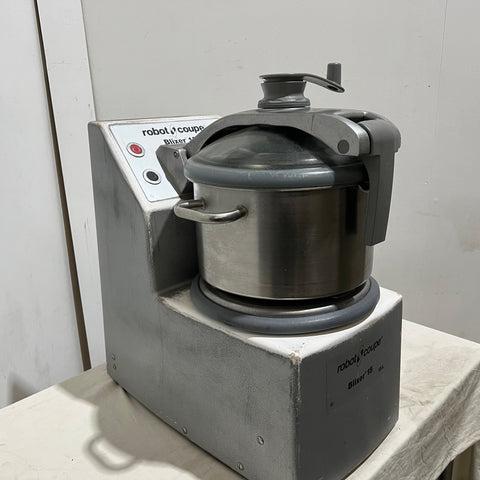

 Robot Coup Blixer 15 E Food Processor/Bowl Cutter - 779837
Robot Coup Blixer 15 E Food Processor/Bowl Cutter - 779837
315W x 545D x 700Hmm
315W x 700D x 545Hmm

 Nemco Easy Tomato Slicer 2 6mm - NTS1060
Nemco Easy Tomato Slicer 2 6mm - NTS1060
190(W) x 238(H) x 467(D)mm

 Nemco Easy Tomato Slicer 2 4.5mm - NTS1045
Nemco Easy Tomato Slicer 2 4.5mm - NTS1045
190(W) x 238(H) x 467(D)mm

 Mecnosud Bun Divider/Rounder - BDM0030
Mecnosud Bun Divider/Rounder - BDM0030
604(W) x 1970(H) x 605(D)mm
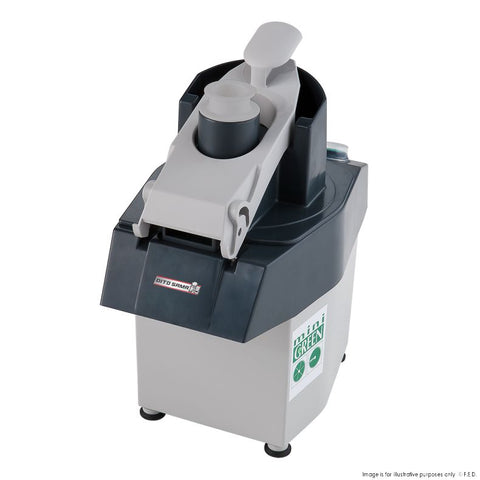

 2NDs: Dito Sama Vegetable Slicer Single speed 250W Minigreen-SA9-9
2NDs: Dito Sama Vegetable Slicer Single speed 250W Minigreen-SA9-9
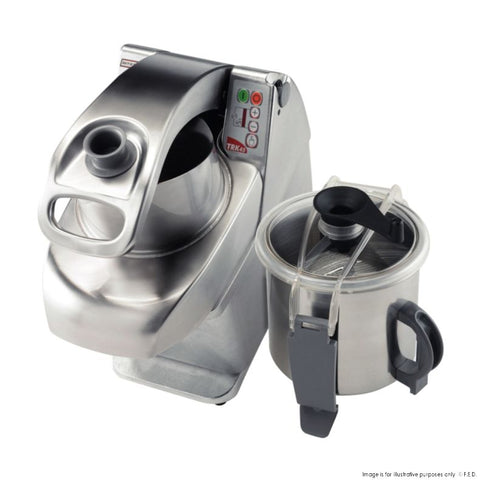

 Ex-Showroom: Dito Sama Combined Cutter and Vegetable Slicer TRK55-SA5-9
Ex-Showroom: Dito Sama Combined Cutter and Vegetable Slicer TRK55-SA5-9
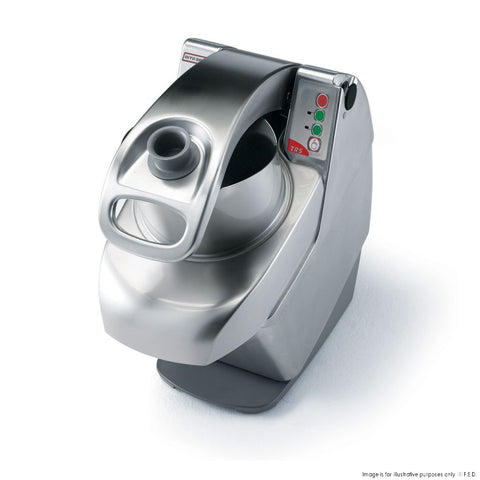

 2NDs: Dito Sama Vegetable slicer single phase single speed 500w - TRS-500
2NDs: Dito Sama Vegetable slicer single phase single speed 500w - TRS-500
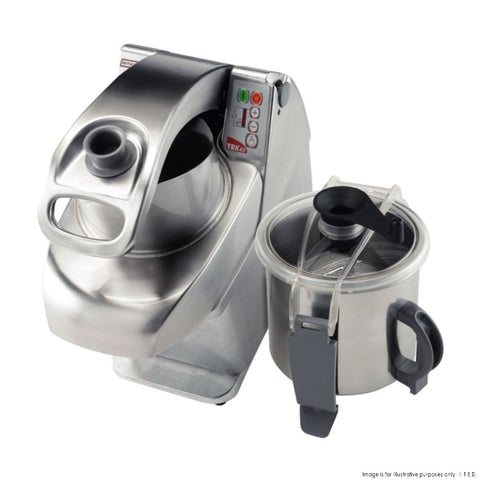

 2NDs: Dito Sama Combined cutter and vegetable slicer - 4.5 LT - VARIABLE SPEED - TRK45
2NDs: Dito Sama Combined cutter and vegetable slicer - 4.5 LT - VARIABLE SPEED - TRK45

 Bottene Ravioli Maker - RMB0090
Bottene Ravioli Maker - RMB0090
440(W) x 660(H) x 450(D)mm
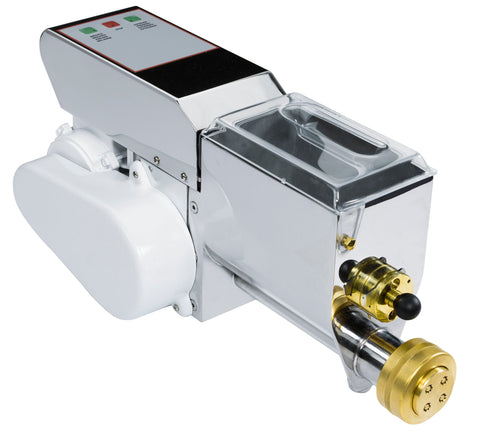

 Bottene Lillodue Automatic Pasta Machine - PMB0002
Bottene Lillodue Automatic Pasta Machine - PMB0002
250(W) x 250(H) x 530(D)mm
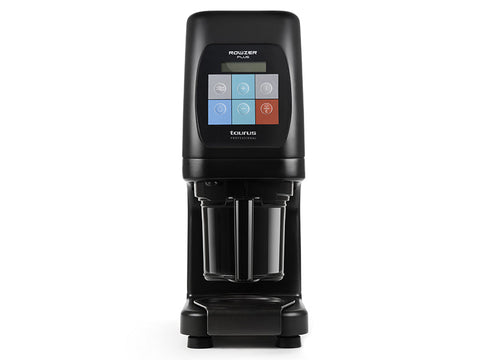

 Taurus Rowzer Plus - ROW0001
Taurus Rowzer Plus - ROW0001
395(W) x 475(H) x 190(D)mm
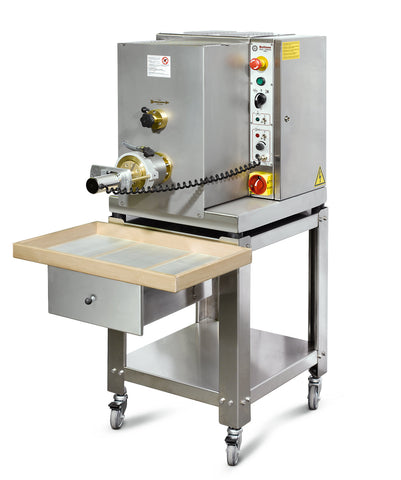

 Bottene Pasta Machine PM96 - PMB1096
Bottene Pasta Machine PM96 - PMB1096
500(W) x 1250(H) x 720(D)mm

 Bottene Pasta Machine PM80 3PH - PMB1080
Bottene Pasta Machine PM80 3PH - PMB1080
500(W) x 1270(H) x 700(D)mm

 Bottene Pasta Machine PM80 1PH - PMB0080
Bottene Pasta Machine PM80 1PH - PMB0080
500(W) x 1270(H) x 700(D)mm

 Bottene Pasta Machine PM50 - PMB0050
Bottene Pasta Machine PM50 - PMB0050
680(W) x 550(H) x 420(D)mm

 Bottene Pasta Machine PM35 - PMB0035
Bottene Pasta Machine PM35 - PMB0035
560(W) x 540(H) x 400(D)mm
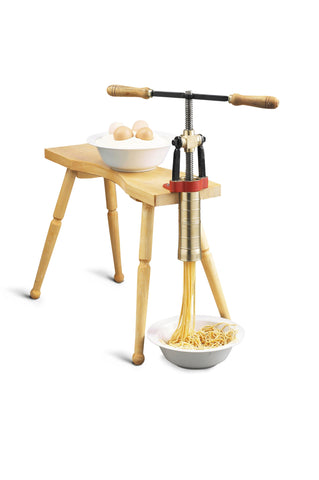

 Bottene Manual Pasta Extruder - PMB0001
Bottene Manual Pasta Extruder - PMB0001
510(W) x 130(H) x 130(D)mm
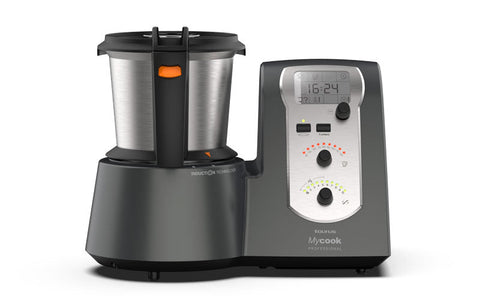

 Taurus MyCook - MYT0001
Taurus MyCook - MYT0001
395(W) x 475(H) x 190(D)mm

 Anvil Food Processor Pro - FPA0007
Anvil Food Processor Pro - FPA0007
520(W) x 520(H) x 290(D)mm

 Mecnosud Dough Divider - DDM0220
Mecnosud Dough Divider - DDM0220
585(W) x 1692(H) x 800(D)mm

 Mecnosud Automatic Bun Divider - BDM0015A
Mecnosud Automatic Bun Divider - BDM0015A
652(W) x 1465(H) x 652(D)mm
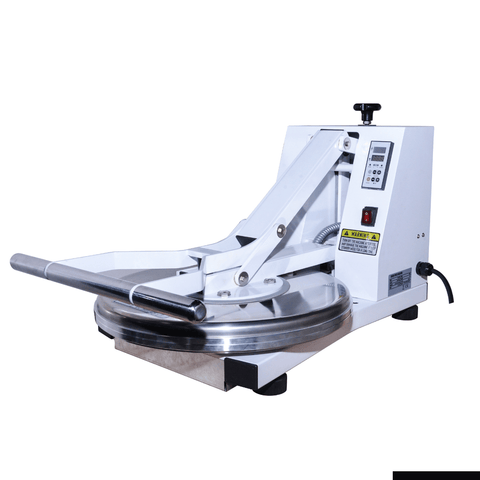

 Tyron Round Dough Press – DP-18S
Tyron Round Dough Press – DP-18S
470(W) x 470(D) x 765(H)mm
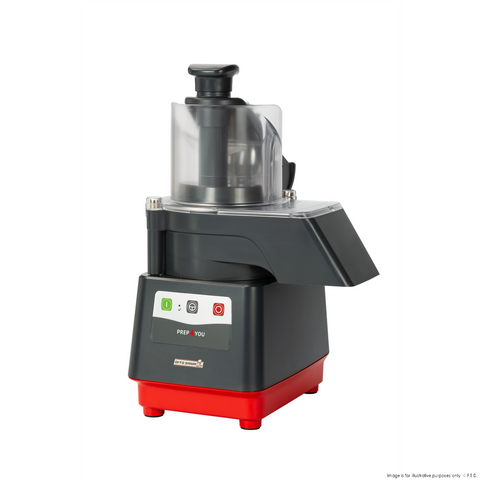

 DITO SAMA PREP4YOU Vegetable Slicer 9 Speed w/ Discs Included P4U-CV3
DITO SAMA PREP4YOU Vegetable Slicer 9 Speed w/ Discs Included P4U-CV3
348(W) x 315(D) x 527(H)mm
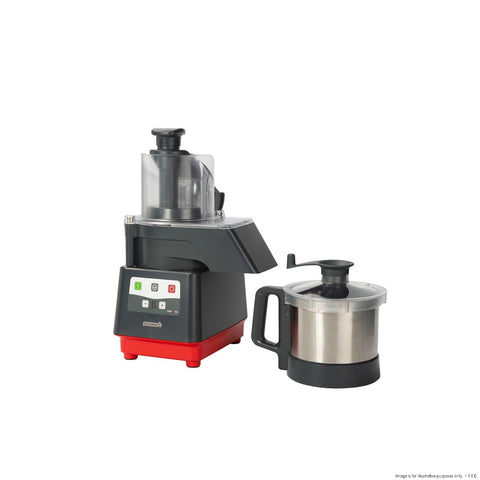

 DITO SAMA PREP4YOU Combination Cutter/Slicer 9 Speeds 3.6L Stainless Steel Bowl P4U-PV301S3
DITO SAMA PREP4YOU Combination Cutter/Slicer 9 Speeds 3.6L Stainless Steel Bowl P4U-PV301S3
252(W) x 334(D) x 527(H)mm
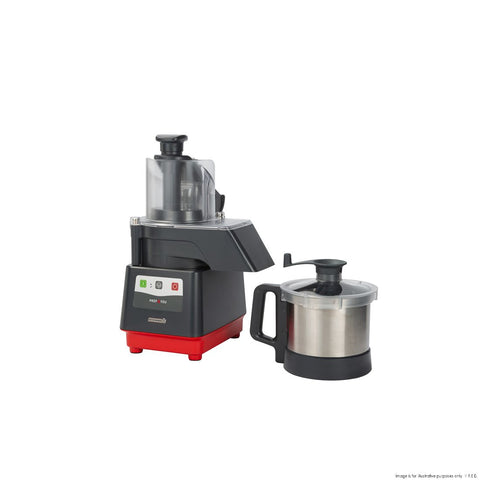

 DITO SAMA PREP4YOU Combination Cutter/Slicer 1 Speed 3.6L Stainless Steel Bowl P4U-PS301S3
DITO SAMA PREP4YOU Combination Cutter/Slicer 1 Speed 3.6L Stainless Steel Bowl P4U-PS301S3
252(W) x 334(D) x 527(H)mm
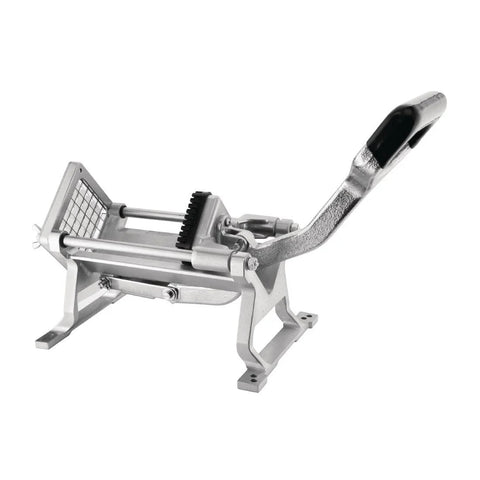

 Vogue Potato Chip Cutter - DB344
Vogue Potato Chip Cutter - DB344
204(W) x 290(H) x 436(D)mm
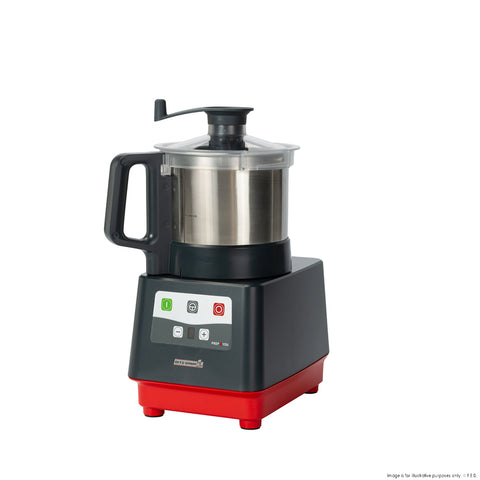

 Dito Sama Dito Sama Prep4You Cutter Mixer Food Processor 9 Speeds 3.6L Stainless Steel Bowl P4U-PV3S
Dito Sama Dito Sama Prep4You Cutter Mixer Food Processor 9 Speeds 3.6L Stainless Steel Bowl P4U-PV3S
252(W) x 334(D) x 476(H)mm
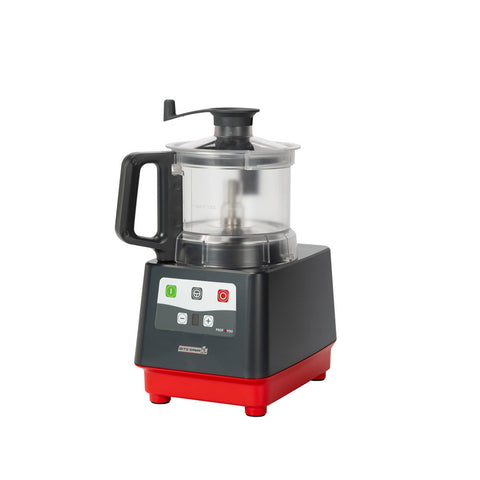

 Dito Sama Dito Sama Prep4You Cutter Mixer Food Processor 9 Speed 2.6L Copolyester Bowl P4U-PV2
Dito Sama Dito Sama Prep4You Cutter Mixer Food Processor 9 Speed 2.6L Copolyester Bowl P4U-PV2
247(W) x 328(D) x 456(H)mm
Enhance your menu offerings and prep ingredients more quickly with the addition of a commercial food processor to your kitchen. These versatile appliances can be used for a number of jobs, helping you get ingredients chopped, shredded, pureed and finely diced. You’ll also find a range of high-powered pasta machines, enabling you to make fresh and delicious pasta from scratch with less time and effort.
Explore the collection of the best food processors for restaurants at Restaurant Equipment Online today. With nationwide shipping, we can deliver the kitchen appliances you need for your establishment anywhere in Australia.
We stock a number of top brands at REO, each with its own benefits depending on the kind of food processors you’re looking for. Two of the most popular within this category include VC and Matador. Both brands specialise in all manner of food processing, including bone saws and meat slicers.
As with any commercial version of an appliance you might find in the average home, commercial food processors are designed for more frequent use and can process higher volumes of food than domestic models. They’re faster and larger and can be consistently operated throughout the shift without overheating or slowing your food production down.
There are a number of factors to consider when you’re looking for a commercial food processor. First, you’ll need to decide what jobs you need it for. There are a number of options available, including models that can chop, dice and grate ingredients, along with dedicated pasta makers.
Next, you’ll need to account for the size you can actually accommodate in your commercial kitchen. Measure the available space you have, then crosscheck this with the footprint of the food processor you’re looking at. Equally, while you might have plenty of space for a larger model, consider how much volume of food you need to prepare each shift. Models vary from 2 litres to 4 litres or more, however, if you only need a food processor for a short time each shift, the smaller option may be adequate.
Along with the size and volume of food preparation you need to do, look at the additional functionality each model has. Some will come with different attachments or features like unique blades for grating or pureeing as well as simply chopping. If you want more versatility and the option to get greater functionality from your food processor, it’s worth looking for these additional features.
When it comes to construction, look at both the materials it’s made from and how easy it is to disassemble and clean. We recommend high-grade 304 stainless steel, with blades and bowls that are easy to remove and wash thoroughly. Check the safety features and ensure they come with things like emergency stop buttons to maintain good workplace safety.
Yes, absolutely. They’re designed with frequent, high-volume use in mind, and their construction utilises more sturdy materials than domestic models. They can be used every day and typically come with long-term warranties, ensuring you get plenty of use from them even in the unlikely event of an issue occurring.
Depending on the model and brand of food processor you’re looking for, the price can vary significantly. Small and entry-level bowl cutter models, cheese graters and potato chip cutters are more compact and at the lower end of the price scale, starting at around $230 and ranging up to $2,600. If you’re looking for a larger model with a higher capacity, they start at around $6,300 and can go up to $48,000.
Depending on the model you choose, individual food processors will use more or less power. However, their overall usage is fairly low, and when you compare their power consumption to their output, you will see that they’re incredibly efficient in terms of power usage and food production.
Yes, larger models can create vast amounts of food, depending on which you get. Some of our larger pasta-making food processors can create up to 5000 portions a day. These are ideal for Italian restaurants and pair perfectly with pasta cookers. For smaller models, including food cutters that can finely dice vegetables, many can make up to 3000 cuts per minute, making food prep fast and efficient.
Some models will have a limit in terms of how much food you can process at any one time, usually this is dependent on the size of the batch bowl in the food processor you have. Equally, batch bowl models need to be monitored more closely, while continuous feed processors will get through the food you’re prepping with less intervention.
Cleaning and maintaining your food processor will vary depending on the model and brand you have. Each will come with its own set of manufacturer guidelines with instructions for assembly, care and maintenance.
When cleaning, you’ll want to switch the appliance off at the wall and wait until any moving parts are completely stationary. Next, remove the parts you’re able to so you can clean them in the sink with hot, soapy water. You’ll also want to wipe down anything that may have spilled on the main body of the food processor. Allow them to dry fully or dry them manually, then reassemble carefully before storing everything away for its next use.
Yes, many models can achieve a number of tasks in the kitchen, streamlining the number of appliances you need while also reducing the labour hours required for chopping. There are plenty of models that have the ability to dice, grate, puree and even blend different ingredients together.
Whether you’re preparing toppings for a pizza or ingredients to put in a salad bar fridge to serve customers directly from, there are food processors that will deliver multiple functions in one.